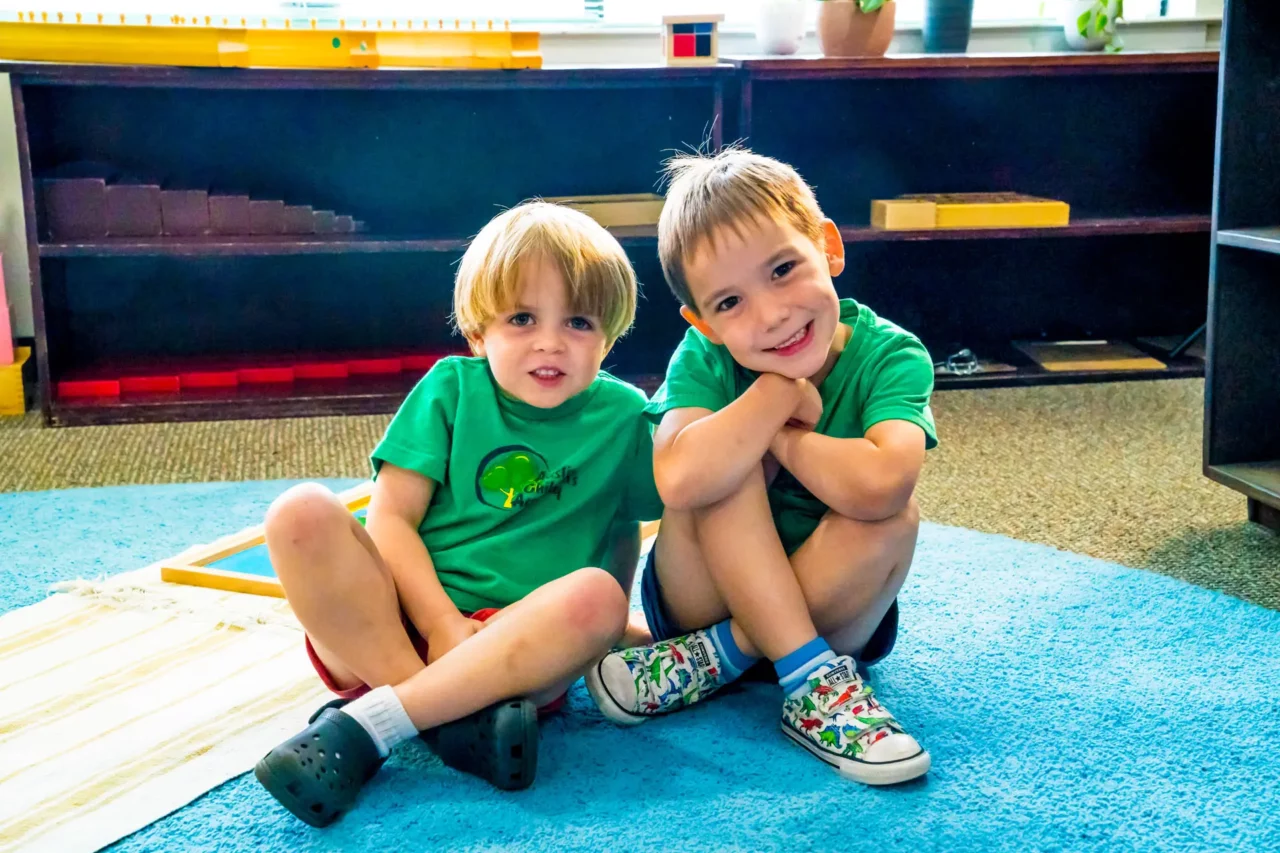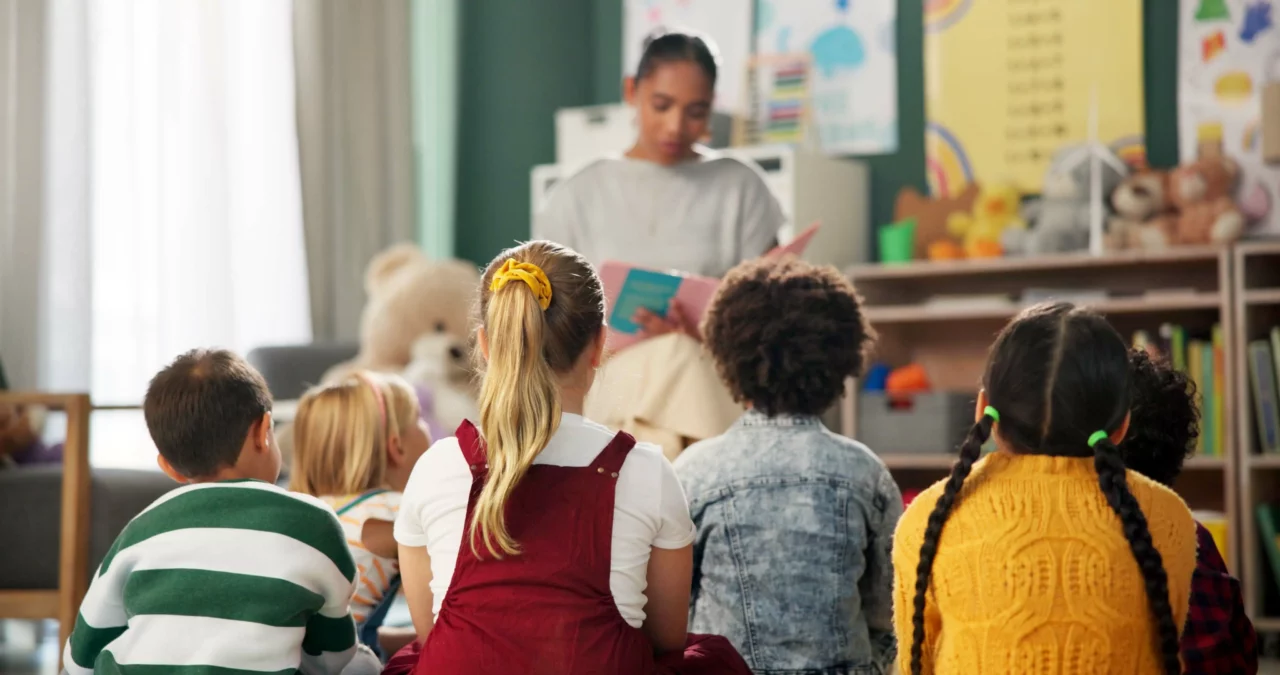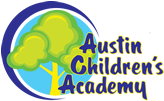
The Montessori method revolves around self-education, which is accomplished through self-direction.
Instead of following the traditional model of schooling, where a teacher stands at the front of the room and orates, a Montessori classroom has students initiate their own lessons with hands-on materials prepared for their specific developmental stage.
The Montessori Method
A Montessori classroom is full of materials that are made by natural means—for example, wood and metal instead of plastic. The furniture is child-sized and accessible for students, and the learning materials are self-explanatory while teaching problem-solving and practical life skills.
In a Montessori classroom, the child is the center of the learning journey. The teacher is available for guidance, but only when they’re needed. Most of a child’s education is achieved—and most of their goals are met—through their own exploration.
Montessori Materials
Self-direction works so effectively in a Montessori classroom because of the materials provided. These materials have what’s called a built-in “control of error,” which means that the errors become clear to the child when they’re made. This helps a child self-direct and fix the problem, therefore learning how to use the material—instead of being told what they’re doing wrong and how to fix it by another person.
In this self-directed manner of education, a child learns the subject in a hands-on, active manner—and this makes the information much more likely to be retained in long-term memory.
Fostering Independence
Another branch of self-directed learning at Austin Children’s Academy and other Montessori institutions around the world is that of fostering independence. When a child is able to spot errors on their own, they become independent instead of relying so heavily on the teacher for the information they’re learning.
That’s not to say that children are left completely to their own devices in a Montessori classroom. One of our main philosophies is “freedom within limits,” meaning that teachers (or guides, as we call them) are there to encourage children to find solutions to problems on their own, in their own way.
This can be done through individual learning sessions or subjects taught by older peers, which plays into the great advantage that multi-age classrooms offer.
Abstract Thinking in Montessori
Abstract thinking becomes more and more important as children grow older, and it plays a bigger and bigger role in the learning process. Technological skills become more prevalent, as do reading and writing skills.
The way Montessori educators and students handle this onslaught of information is through careful preparation. Projects, experiments, and presentations are planned out in advance, and students learn to set daily, weekly, and monthly goals for the work they’re doing.
When students know they’re respected, they feel confident and are more likely to take responsibility and complete the curriculum work they need to finish. Such core values are important not only for the students, but also for the people they’ll become long after they graduate.
Achieving Goals through Self-Direction
From a young age all the way through high school, children are capable of learning and growing with the Montessori method and through self-directed learning.
Children who understand how to self-educate are those who know themselves on a deeper level and have the confidence, independence, and knowledge to go far in life.
Austin Children’s Academy would be honored to be the first stepping-stone for your child in their journey with Montessori. If you’re interested in scheduling a tour with us, click here to get in touch.





